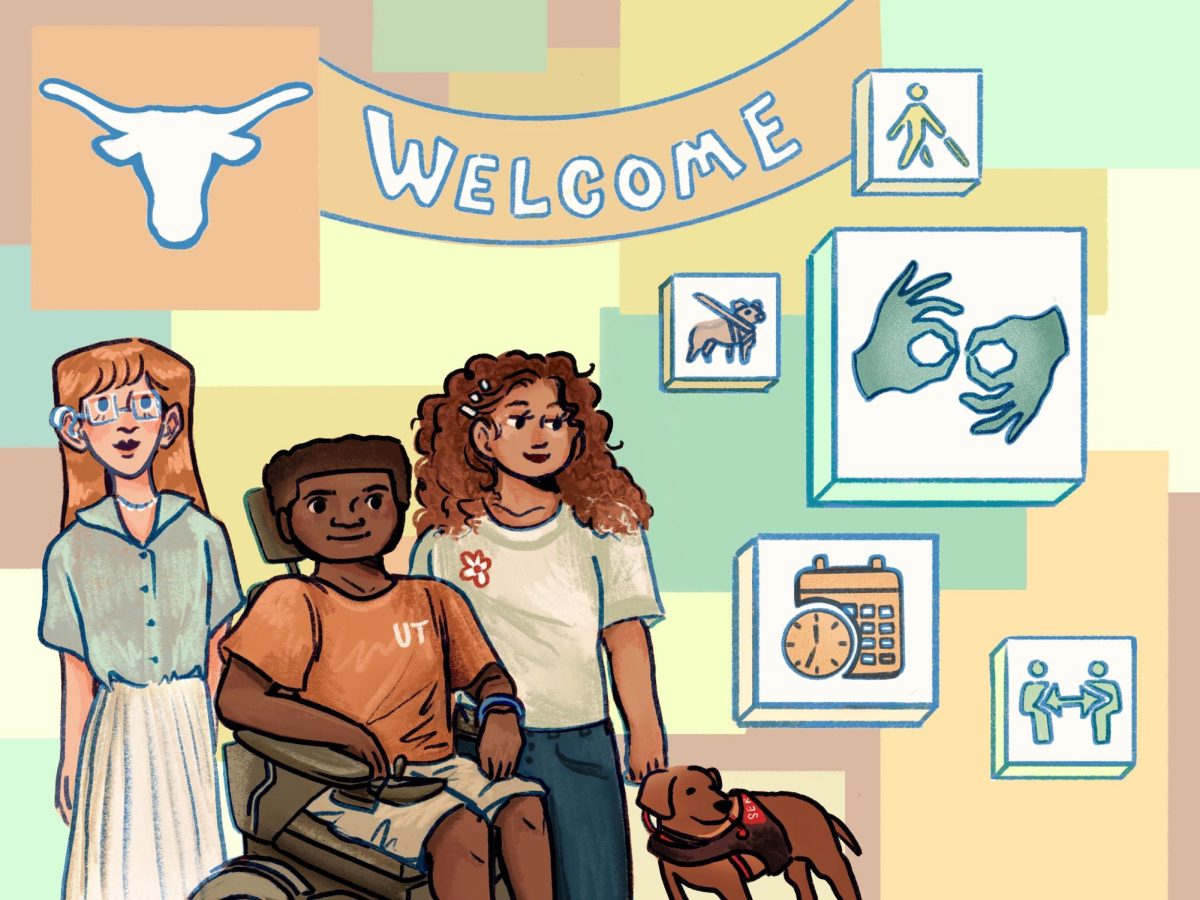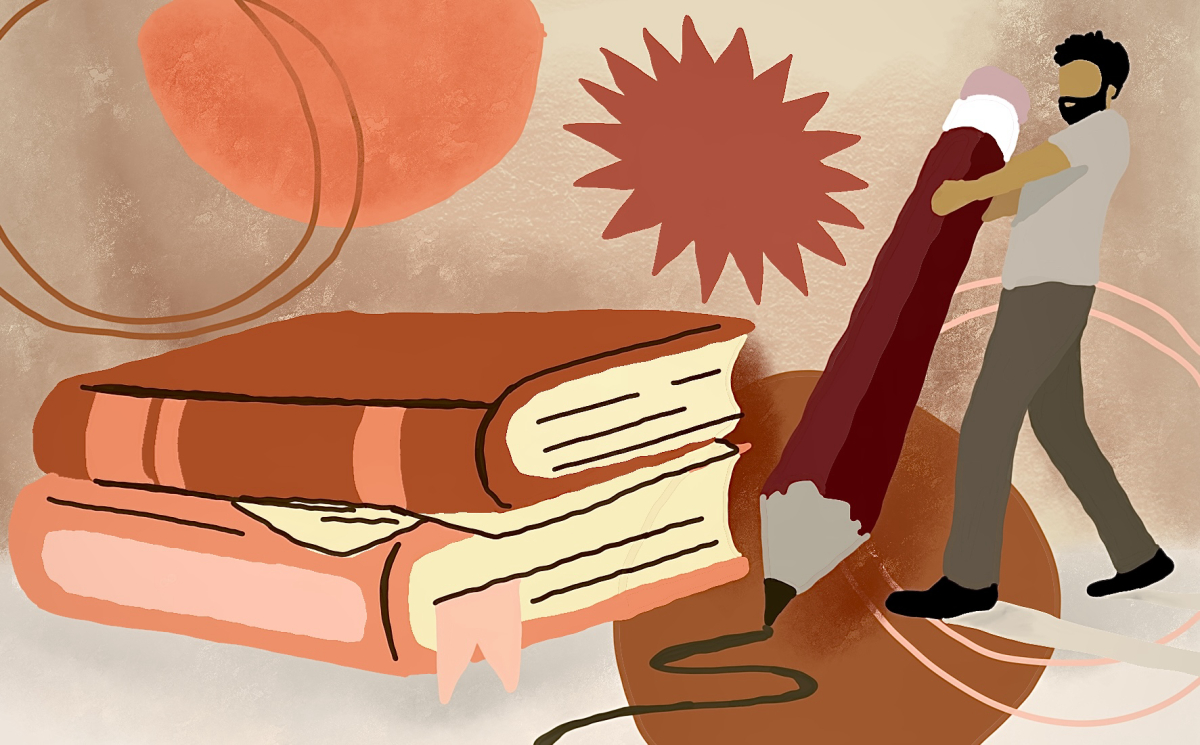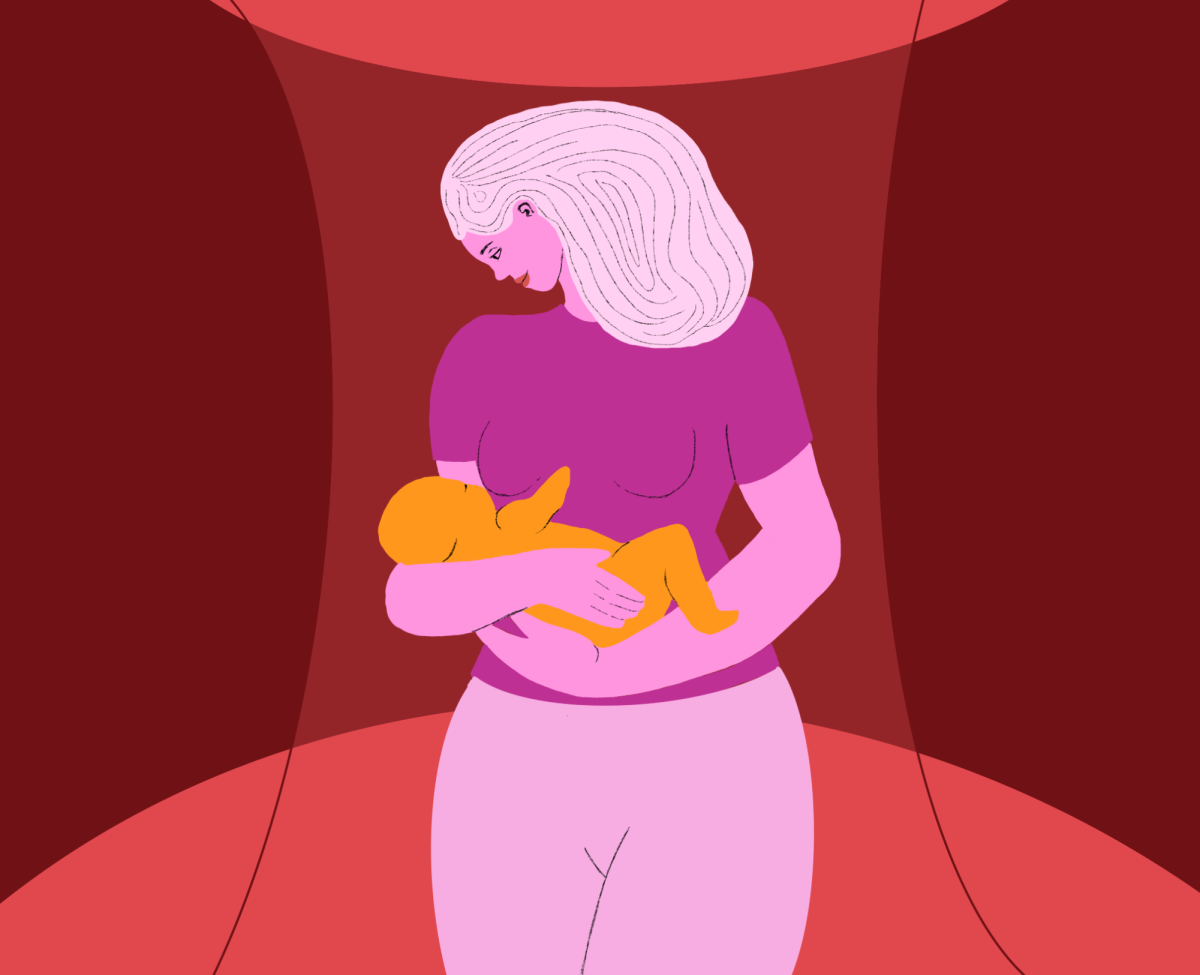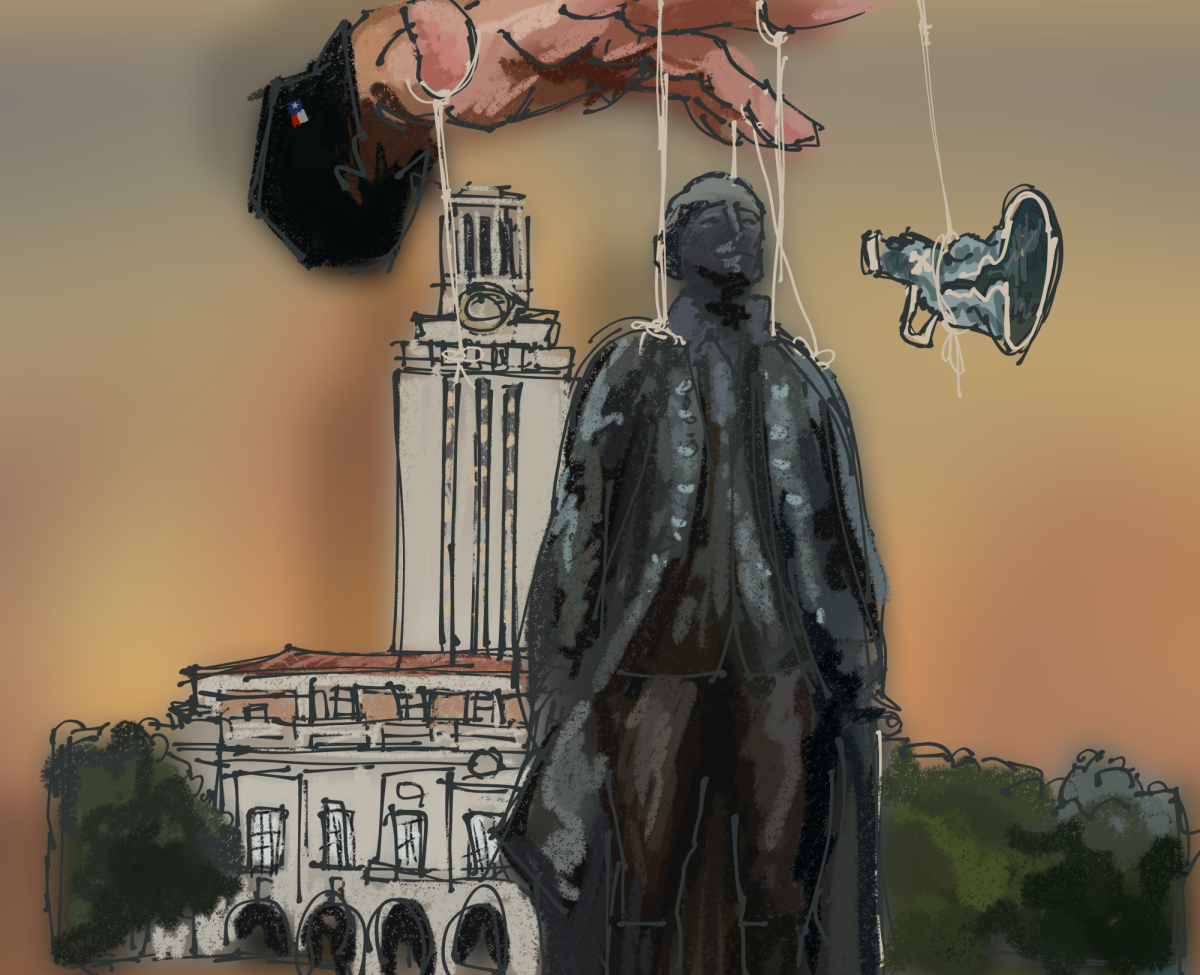Navigating college classrooms can be difficult, considering that students at UT Austin come from a variety of backgrounds and have accessibility needs. Although it may not seem so at first, when it comes to classroom structure, everyone has unique learning methods that could be better accommodated. Professors should implement general class accessibility and ways of teaching that can better help students understand content, for both students with and without disabilities.
Different accommodations, such as asking for volunteer note-takers, offering slide shows and posting recordings of the class, allow professors to better adapt to everyone’s needs within their classes.
“We all have varying levels of processing information,” said Nina Zuna, associate director at the Texas Center for Disability Studies. “There are other considerations besides disability … there are multiple things that impact attention in class, besides just having a disability that notes taking could be helpful. But I also think the way a professor teaches a course could lend to greater understanding beyond just offering notes.”
While offering notes may be beneficial for a class, a classroom environment can be made more accessible in other ways. Zuna discusses Universal Design for Learning and how this could be more instrumental for students, providing a more generalized approach to teaching.
“So this provides students with varying levels of ability to access the content, versus just saying, ‘Oh, this student needs this type of accommodation,’” said Zuna.
Having a notetaker might not be accessible for everyone and utilizing someone else’s notes can take the class out of context, which can be detrimental to painting a full picture of the class.
“Many times somebody’s sick or they’re not able to pay attention for that full hour, hour and a half, whatever it might be,” said Stephanie Cawthon, a professor at the College of Education and author of “Disability Is Human: The Vital Power of Accessibility in Everyday Life.” “So, for me, I think part of flexible teaching is about providing everything it is that you might need if it’s out there in the world.”
An accommodating way of teaching offers accessibility and multiple modes of access, benefiting students with or without a disability, and creating a welcoming classroom.
Circumstance plays a huge role in the classroom, and while it may seem impossible to accommodate for everyone, Cawthon highlights ways to attempt to make access easier, discussing the extra steps, such as recording and posting slides, that can improve the overall academic experience.
“But the note taker, it can be a little difficult because it is on a volunteer basis,” Cawthon said. “So if somebody is not there, if the note taker is sick, or if they’re not available, what do you do? You know, there’s that gap. It’s not reliable.”
Having something that is “better than nothing” is not the effort that students deserve, nor the access that is possible in a classroom environment. Accommodations and accessibility are often associated with disabilities, but these added efforts can benefit all students. Making a classroom more accessible before you are asked to accommodate helps students who may need accommodations in the future.
Rail is an English, anthropology and rhetoric and writing junior from El Paso, Texas.














